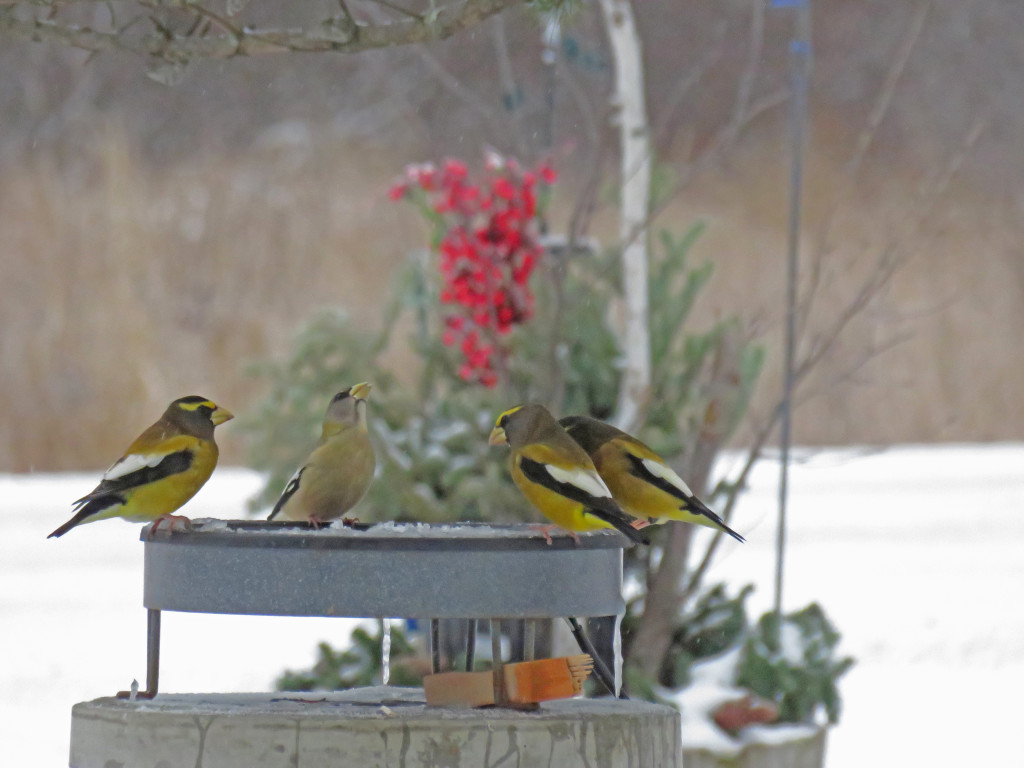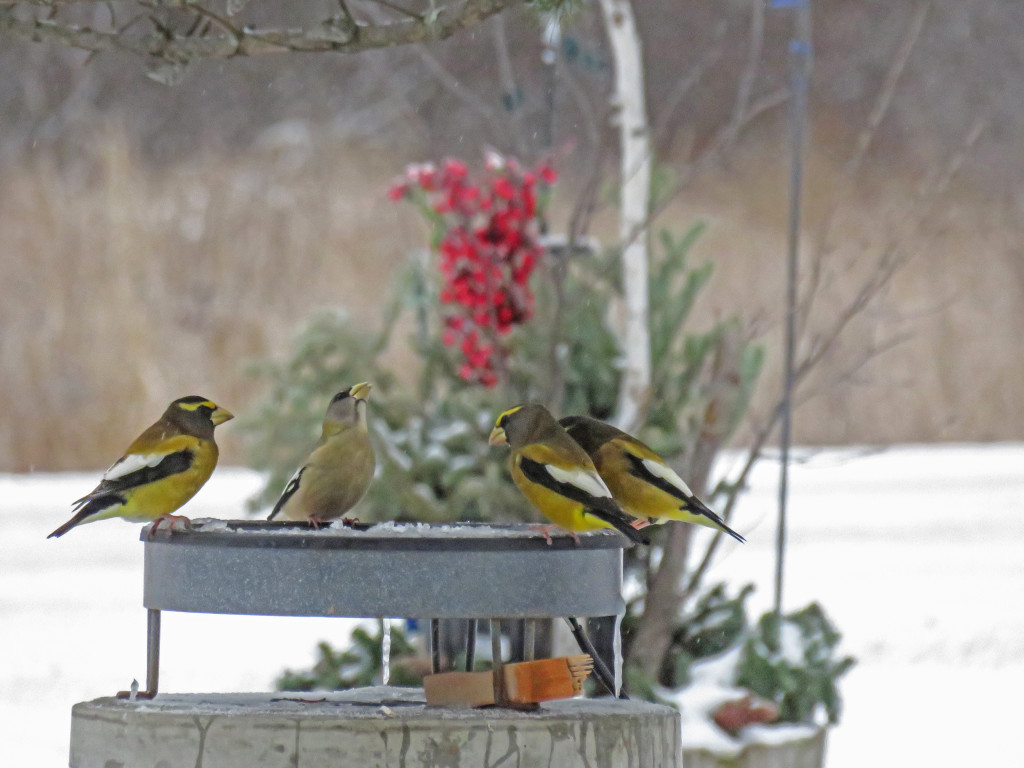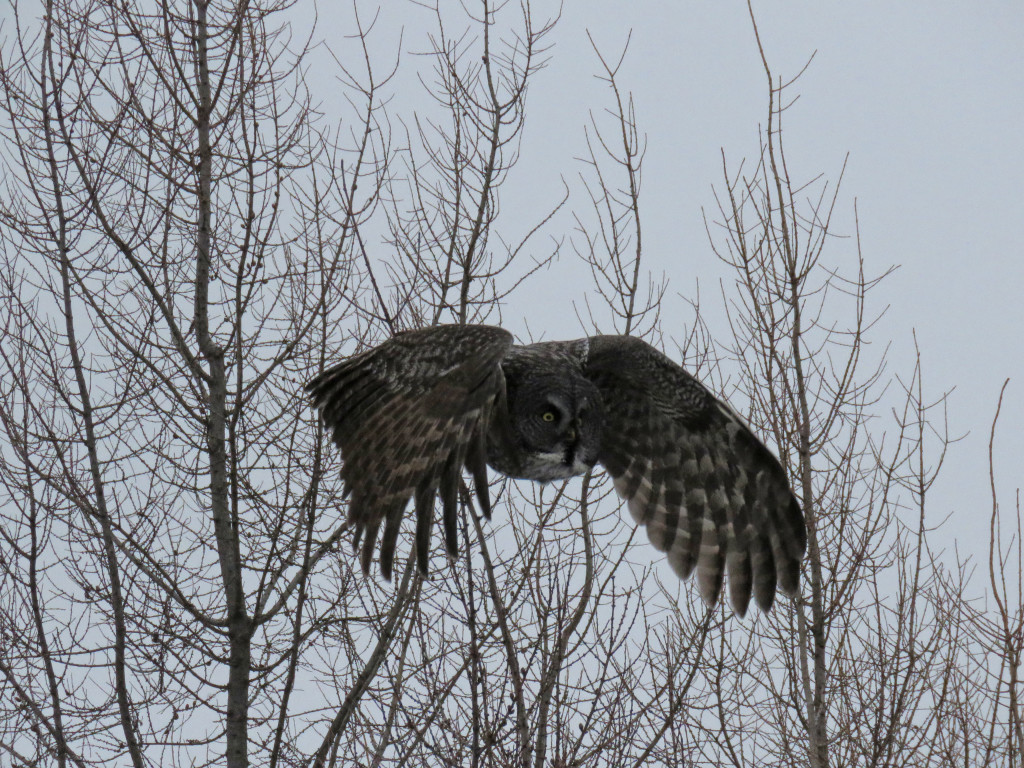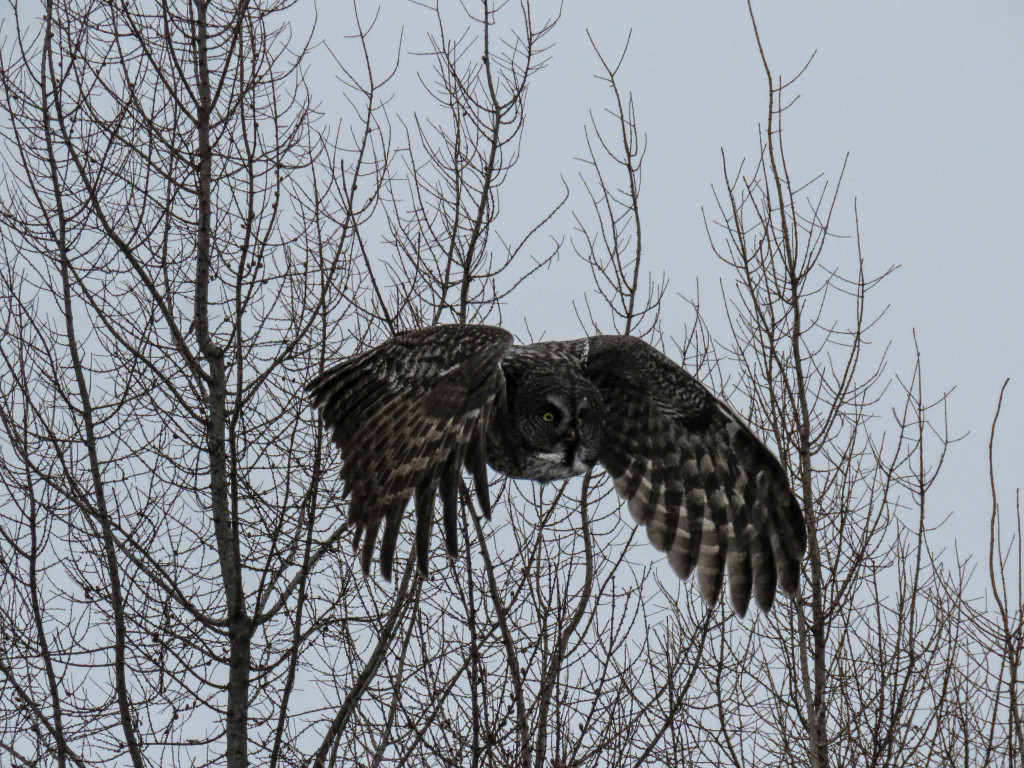Over the course of this year’s project, many folks have asked me how I have managed to get so many close-ups of beautiful birds. There are a number of answers to this basic question.
Updated Review of the SX60 Posted on my blog April 17, 2016.
On December 17, 2018 I purchased a Canon SX70. See my review of that camera.
Here are a few:
- Learning a bird’s habitat and trying to understand how to become invisible or at least non-threatening
- Patience, patience, and then more patience! Moving quickly when birding means failure. One must move slowly and wait … sometimes for minutes, often tens of minutes and even hours.
- Intelligence! With this word I am not talking about my own brain power, or lack thereof. Rather, if you are able to hook into a community where people let you know when interesting birds are in the area, photography gets easier (not easy). Thus, being given good “intelligence” on what birds are in the area and their habits.
Oh yes … the camera review … my Canon SX60!
I started this project with a Canon SX40, and when the new SX60 was released made the upgrade. At the most basic level I like the Canon SX60 because of its telephoto lens reach. The greater distance I am able to maintain between myself and any bird, the better. Even with the points made earlier about patience and invisibility all birds will eventually spook. The closer I get, the more nervous is any bird. Thus, the Canon SX60 with its 35mm equivalent super zoom of 1365 mm is a great combination. This high zoom camera capability gives me “bang for the buck”! A Canon SX60 camera costs about $500. A zoom lens with these features for a DSLR often costs in excess of $5,000! I would be the first to admit that an expensive DSLR and lens would yield even better photographs, but my wallet would be much, much lighter.
Here are more specifics about my review of the SX60:
Positives
- Incredible zoom at 65x optical. Purchasing a DSLR lens with this kind of reach would costs thousands of dollars. I always use a monopod or tripod when fully zoomed in. One needs to stabilize the photo opp.
- The camera has a very fast burst mode. I am amazed at how I never miss anything with the continuous mode. When a duck dives I get pictures documenting the entire process!
- RAW format. I use this for landscapes and it really helps me bring out the zing in photos.
- The LCD panel has a much greater resolution than my SX40. Now I know before taking a photo if the subject is in focus.
- Really like the ability to limit what menu items display when I press the Function button. I only display ISO, White Balance, Bracketing, Timer and Format (jpg or raw)
Negatives:
- Canon … remove the artificial 100 ISO limit for exposures greater than one second. I use CHDK with my SX40, but given the new software on the SX60 it will be some time before that hack is available for the SX60
- Wish the Aperture on the SX60 opened to 2.7 like my SX40. Max on the SX60 is 3.4.
- Given the prior point, low light performance has taken a hit.
- It may be some time before CHDK is available as a low light hack. Thus, I still use my Canon SX40 with CHDK for night time / Northern Lights photography. See my analysis of CHDK on my techie blog, NorthStarNerd.Org.
In summation, I really like this camera, but it is not perfect. The SX60 has incredible reach, but good light is necessary for best results. I am happy with the few movies I have taken, but I do not consider myself real knowledgeable in this area.
Finally, while the camera itself performs well, some post picture taking processing is necessary to optimize my photographs. Please remember that the primary photos I take with this camera are of birds and landscapes. One thing I found that makes a nice difference in my end result photos was using Canon’s Digital Photo Professional (Wikipedia link explaining the software). DSP is free with the purchase of any DSLR camera from Canon, and now also free when you purchase the SX60 (download link from Canon). Unfortunately downloading and licensing the software from Canon is convoluted. After I started using DSP for RAW images (not JPG’s), I found two two actions really increased the quality of my photographs. The first action was to scale up the sharpness of photos almost to the max (often a bit less for landscapes). My second action was to increase the luminance noise reduction to a value of about “13”. The end results are now much better! It is worth noting I don’t normally take bird photographs in RAW. This format slows down significantly the number of photos taken per second. Thus, I use RAW primarily for landscape photos.
With bird photos originally taken as JPG’s, I often edit them via Adobe Photoshop Elements. Rather than opening them in the normal manner, I open the JPG files in “camera raw” and increase the clarity by a factor or +30 to +50.
In summation, I like this camera, its reach and my low cost of investment. A Canon SX60 costs $500 and Photoshop Elements 13 costs $60 as the date this blog post was written. Thus, my total financial outlay is $560, much less than a DSLR and a long reach lens.
Here are two examples of a photographs I took yesterday up in the Sax-Zim Bog. I performed the aforementioned edits in Photoshop Elements 12 on these pictures. From a content vantage point, it was pretty to photograph some Evening Grosbeaks with a colorful red Christmas decoration in the background. Please note these four photos are not watermarked photos like the other pictures on my blog. My watermarked photos have less resolution. These pictures are the “real McCoy!”
Evening Grosbeaks at the Sax-Zim Bog
Original Version (unedited)

Final Version (+40 on Clarity)

———-
Great Gray Owl at the Sax-Zim Bog
Original Version (unedited)

Final Version (+40 on Clarity)

Discover more from 365 Days of Birds
Subscribe to get the latest posts sent to your email.
I also own both cameras, as well as a Sony Alpha ZV-E10 APS-C Mirrorless Camera.
I kind of prefer the SX40 for its aperture 2.7 but for the zoom on the SX60 is great, yes I agree that the sx60 performs far better and even the IS is better on the SX60, but I do love my little SX40, it takes great pictures I rarely use post processing “production” and I am still happy with my end result, it’s all in the lighting, and the correct settings, any camera (within reason) can give you great result, you do not need to spend $$$ to start enjoying videography and photography. If you want to pursue photography as a professional photograph than yes, you will probably need some slightly better gear.
This is an honest post and very comprehensive for those who haven’t used these cameras.
They are worth owning they are beautiful little cameras, you will certainly be pleasantly surprised.
I would like to use this camera for warblers in tree tops as leaves are budding. Do you think it would work well for that type of low light/back lit subjects?
Thank you
Yes and No! The 65x zoom is fantastic for warblers, but any super zoom camera is underwhelming when it comes to low light. I have taken many, many good warbler photographs, but always when I have managed to get the sun behind me and on the bird.
The SX60 will, I guess even the SX40 will if you tweak the settings correctly.
Thank you so much for your speedy reply..Will help tremendously. Going to the store today to buy a monopod. I have been reading all your blog days & enjoying it as well as your gorgeous pics. I live in Southwestern Ontario Canada and looking forward to the spring. Love all your owl shots!!! Dying with envy looking at the Barred Owl. Sure hope to see one.. We go to Rondeau Park often but I don’t think they got the Barred. Planning a trip to Algonquin Park this year ( quite far from me) but they get the Barred’s out that way. Keep up your great blog…So enjoy it….
Lovely photos. I just recently bought the canon sx60 and I love taking pics of birds. I have a few questions maybe you can help me with. In the menu section should I pick Servo AF or Continuous AF? I left the AF Frame on Flexizone. Also The Spot AE Point should I pick AF Point or Center? Under the function Set menu should I be picking Evaluative,center weight average or Spot? Is it okay to have auto white balance or should I pick either sunny, cloudy, etc/ I usually shoot my birds in TV mode which seems to be okay. Any tips on this would surely help me out….Thank you.
Hi Janet:
Here are some answers to your questions. I almost always have white balance set to auto. The camera seems to make the adjustments between conditions quite well. Given how quickly light can change, I don’t want to be bothered with making this manual adjustment. For my focus I have “continuous” on and servo “off”. I like to be able to press the shutter half way down, lock in my focus and then take a few shots. If the camera is always trying to adjust, it gets real messy. Finally I use the center spot focus enabled, and then sometimes manually move the spot if I have a large bird, which is willing to stay motionless for a moment or two (like an eagle or heron). Ultimately I want that spot centered on the bird’s eyes. In addition, I always use a monopod to stablize the camera, otherwise it is almost impossible to keep a bird at full zoom motionless in the viewfinder / lcd.
The camera is great in sunny weather, but on dark gloomy days, one had better find a motionless bird and manually set the ISO. I like to not exceed an ISO of 640 for the Sx-60.
I shoot jpg only (not raw), but then I open the jpg in “camera raw” Photoshop Elements where I often make tweaks for shadows and highlights … not colors, or more extreme edits. Shooting w/o raw turned on makes the continous mode much, much faster. Getting 8 pics per second rather than 2 or 3 is a big difference in bird photography. My final note is do not use digital zoom. Better to only use optical zoom and crop if desired in post production (essentially digital zoom).
Thanks for this info. I was going towards the Nikon P610 but was warned about Nikons reliable and service. I read the Sx60 is disappointing to some relative to the sx50, but it seems overall to be a better camera.
Christine: I have been quite satisfied with my Sx60, but I also understand it’s limitations. Please be aware there are rumours that Canon may release their new Sx-70 this winter.
I have the Nikon P600 and recently purchased the Canon SX60
I still obtain better photographs with my Nikon and without much thought to what I have to do.
I have read the notes and set my camera accordingly. Next time I go out will experiment to see the difference.
Cloudy days are an issue for me with the Canon but not with the Nikon
I am using the Canon Sx70 these days. Regardless of what camera you use, I would challenge you and everyone to think about your camera settings. The results will be much better if a person does not use “auto”. A camera can never perfectly understand your current lighting conditions, and what the intended subject is of a photograph. For instance, if one’s goal maximize the quality of bird feathers then a person should lower the ISO setting as much a possible given the light conditions, realizimg a compensating shutter speed will be slower. In this instance one is giving up the possability of a decent flight shot. However, if a person wants to capture motion then the goal should be to get a shutter speed of 1/1000th of a second or faster … ISO and aperture will have to take that shutter speed into account. I will get off my soap box, but it is very important to understand what one is trying to achieve to maximize results.
Lovely photos and a very helpful narrative.